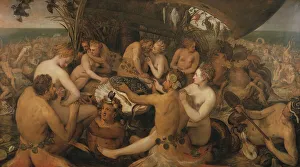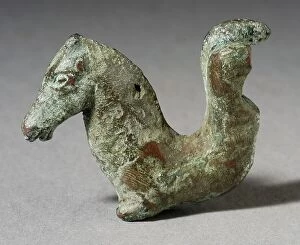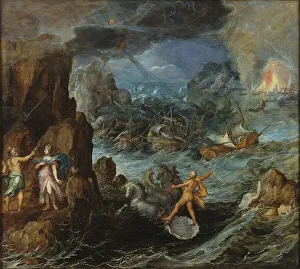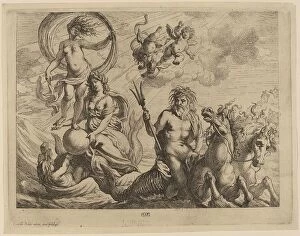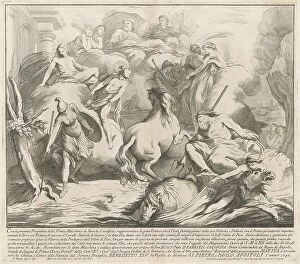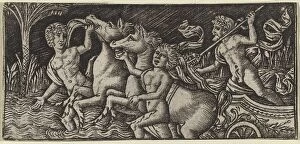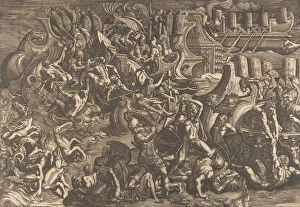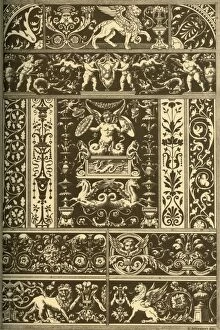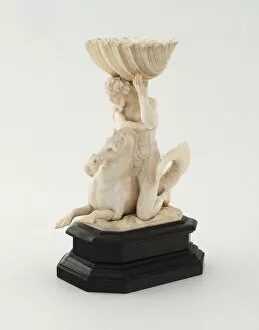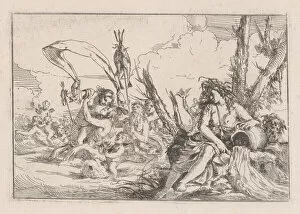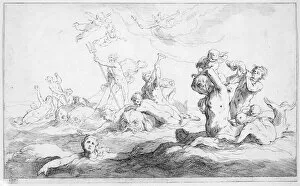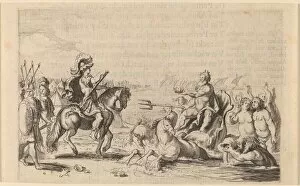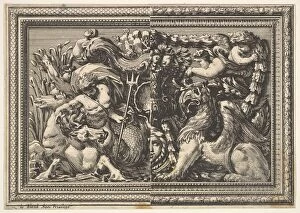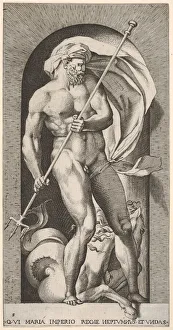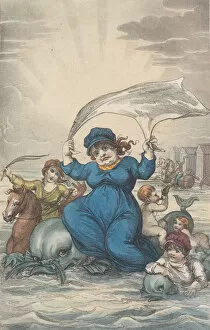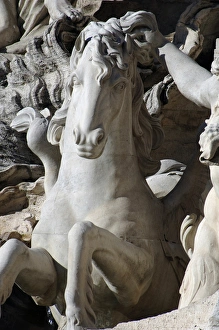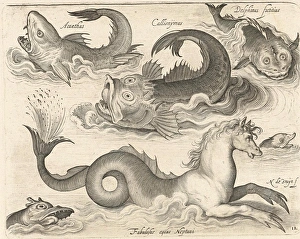Hippocamp Collection
"Hippocamp: A Journey Through Art and Mythology" Step into the world of ancient mythology and artistic masterpieces with Hippocamp
All Professionally Made to Order for Quick Shipping
"Hippocamp: A Journey Through Art and Mythology" Step into the world of ancient mythology and artistic masterpieces with Hippocamp, a captivating creature that has inspired artists throughout history. From the Trojans repulsing the Greeks to the power of love in three elements, this mythical sea-horse-like creature has left its mark on numerous works of art. In 1538, Giovanni Battista Scultori immortalized the epic battle between the Trojans and Greeks, showcasing their bravery and resilience. The presence symbolizes their connection to the sea, adding an element of mystique to this historical event. Fast forward to 1809 when Benjamin West depicted "Omnia Vincit Amor" or "The Power of Love in Three Elements. " Here we see Hippocamp alongside other mythological creatures representing fire and air. This artwork beautifully captures how love transcends all boundaries. Moving through time, Italian Renaissance sgraffitos, wood-mosaic, marble-mosaic, and bas-reliefs from 1898 showcase intricate designs featuring Hippocamps. These stunning pieces demonstrate not only artistic skill but also pay homage to ancient myths that have fascinated humanity for centuries. Tarquinia's Tomb of Baron takes us deeper into history with its mural painting from 1928. Amidst scenes depicting daily life is a depiction of a majestic Hippocamp swimming gracefully through turbulent waters—a testament to its enduring significance even in death. Delving into functional artistry brings us to Belgium's Salt Cellar from 1625/75. Crafted by an unknown artist, it showcases a delicate balance between functionality and beauty as a miniature hippocampus adorns this salt container—an exquisite addition to any table setting. John Bridge's Tureen from England (1823/24) transports us back in time where elegance meets practicality. With intricate details including handles shaped like hippocamps, this piece exemplifies the fusion of art and functionality.

